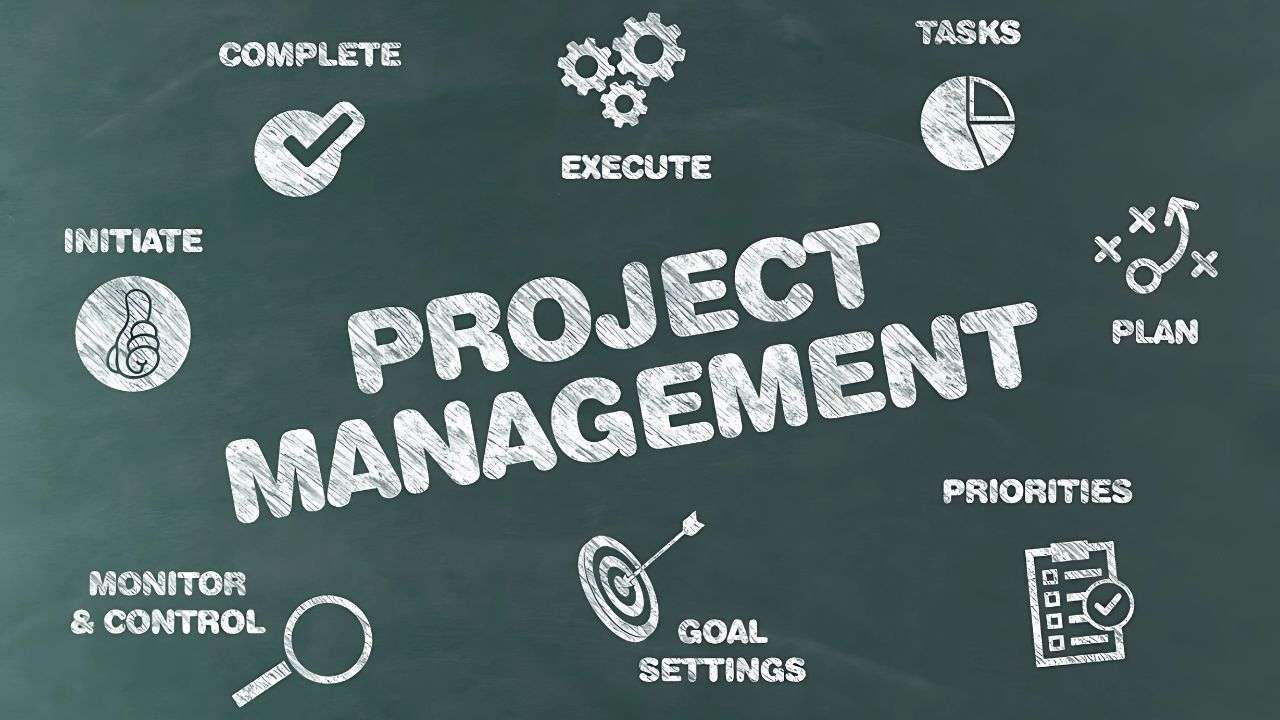Risk management is a critical skill in project management. Risks can derail timelines, inflate budgets, and even jeopardize project outcomes if not addressed properly. In this guide, you’ll explore various risk analysis techniques to help identify, assess, and mitigate risks effectively. Whether you’re a seasoned project manager or a beginner, these strategies will elevate your risk management game.
What is Risk Analysis in Project Management?
Risk analysis is the process of identifying potential risks, evaluating their likelihood and impact, and devising strategies to mitigate or manage them. It helps project managers anticipate challenges and prepare accordingly.
Key Stages of Risk Analysis:
- Identification: Spotting potential risks through brainstorming, research, and team discussions.
- Assessment: Evaluating risks based on probability and impact.
- Mitigation: Developing action plans to minimize or eliminate risks.
Why Risk Analysis Matters:
- Prevents delays and cost overruns.
- Improves decision-making with data-backed insights.
- Enhances stakeholder confidence by showcasing preparedness.
Real-World Example:
Imagine planning a product launch. Identifying risks like supply chain delays or technical glitches early can save the launch from failure.
Qualitative Risk Analysis Techniques
Brainstorming and Expert Judgment
This technique relies on gathering input from team members and industry experts.
How to Perform Brainstorming:
- Assemble a diverse team with varying perspectives.
- Focus on a specific aspect of the project, such as timeline or resources.
- Encourage open discussions to identify potential risks.
- Document all ideas without judgment.
Expert Judgment Tips:
- Involve subject matter experts to validate and prioritize risks.
- Use their insights to weigh the feasibility of mitigation strategies.
Real-World Application:
A construction company gathered its engineers, financial experts, and safety officers to brainstorm risks for a new bridge project. They identified over 15 risks, including weather delays and material shortages.
Risk Probability and Impact Matrix
A simple yet effective tool to categorize risks based on their likelihood and impact.
Steps to Create a Risk Matrix:
- List all identified risks.
- Assign a probability score (e.g., low, medium, high).
- Assign an impact score (e.g., minor, moderate, severe).
- Plot risks on a matrix.
| Probability | Low Impact | Medium Impact | High Impact |
|---|---|---|---|
| Low | Green | Green | Yellow |
| Medium | Green | Yellow | Red |
| High | Yellow | Red | Red |
Actionable Insights:
- Address red-zone risks first, as they have high probability and severe impact.
- Green-zone risks can be monitored but require minimal action.
Delphi Technique
This technique uses structured group communication to achieve consensus on risks.
Steps to Implement:
- Gather a panel of experts.
- Present a list of risks and ask for feedback.
- Share anonymous responses to encourage unbiased input.
- Repeat until a consensus is reached.
Benefits:
- Reduces bias.
- Encourages diverse perspectives.
Real-World Application:
An IT company used the Delphi method to evaluate risks in a software upgrade project. The team agreed on prioritizing data migration issues and downtime concerns.
Quantitative Risk Analysis Techniques
Monte Carlo Simulation
Monte Carlo simulation predicts potential outcomes by running multiple scenarios.
How It Works:
- Identify key variables (e.g., cost, time).
- Assign probability distributions to these variables.
- Use simulation tools to run thousands of iterations.
Example:
For a marketing campaign, the simulation predicted a 60% chance of exceeding the budget due to rising ad costs. The team adjusted strategies to minimize this risk.
Decision Tree Analysis
A decision tree visually represents risks and their potential outcomes.
How to Create a Decision Tree:
- Start with a decision point (e.g., to hire additional staff or not).
- Add branches for possible outcomes (e.g., meeting deadlines vs. cost overruns).
- Assign probabilities and costs to each branch.
- Calculate the expected value to determine the best option.
Example:
A logistics company used decision tree analysis to decide whether to invest in additional trucks. The analysis showed a higher return by leasing trucks instead.
Sensitivity Analysis
Sensitivity analysis identifies the most critical factors affecting a project.
Steps to Perform Sensitivity Analysis:
- Define variables that influence the project (e.g., budget, manpower).
- Change one variable while keeping others constant.
- Observe how changes impact the project outcome.
Real-World Application:
A pharmaceutical firm discovered that production costs were the most sensitive factor in launching a new drug. They negotiated better supplier rates to mitigate the risk.
Tools for Effective Risk Analysis in Project Management
Popular Tools:
- @Risk: For running Monte Carlo simulations.
- Primavera Risk Analysis: Offers advanced project risk modeling.
- RiskyProject: Combines risk management with project scheduling.
Choosing the Right Tool:
- Consider project size and complexity.
- Look for user-friendly interfaces and integrations.
- Opt for tools with customizable features.
Real-World Applications of Risk Analysis Techniques
- Success Story:
A renewable energy firm avoided cost overruns by using Monte Carlo simulation to predict funding risks. - Lessons from Failure:
A retail company launched a product without risk analysis, resulting in unsold inventory due to market misjudgment.
Best Practices for Implementing Risk Analysis Techniques
- Integrate Risk Analysis Early:
Incorporate risk assessments in the initial planning stages. - Regularly Update Risk Registers:
Continuously monitor and adjust for new risks. - Communicate Risks Clearly:
Use visuals like risk matrices to keep stakeholders informed.
Conclusion
Risk analysis is not just a checklist—it’s a vital process for ensuring project success. By mastering both qualitative and quantitative techniques, you can effectively anticipate challenges and develop strategies to mitigate them. Start applying these methods today, and turn risks into opportunities for growth. Ready to transform your projects? Share your thoughts or questions below.
Read Also:
